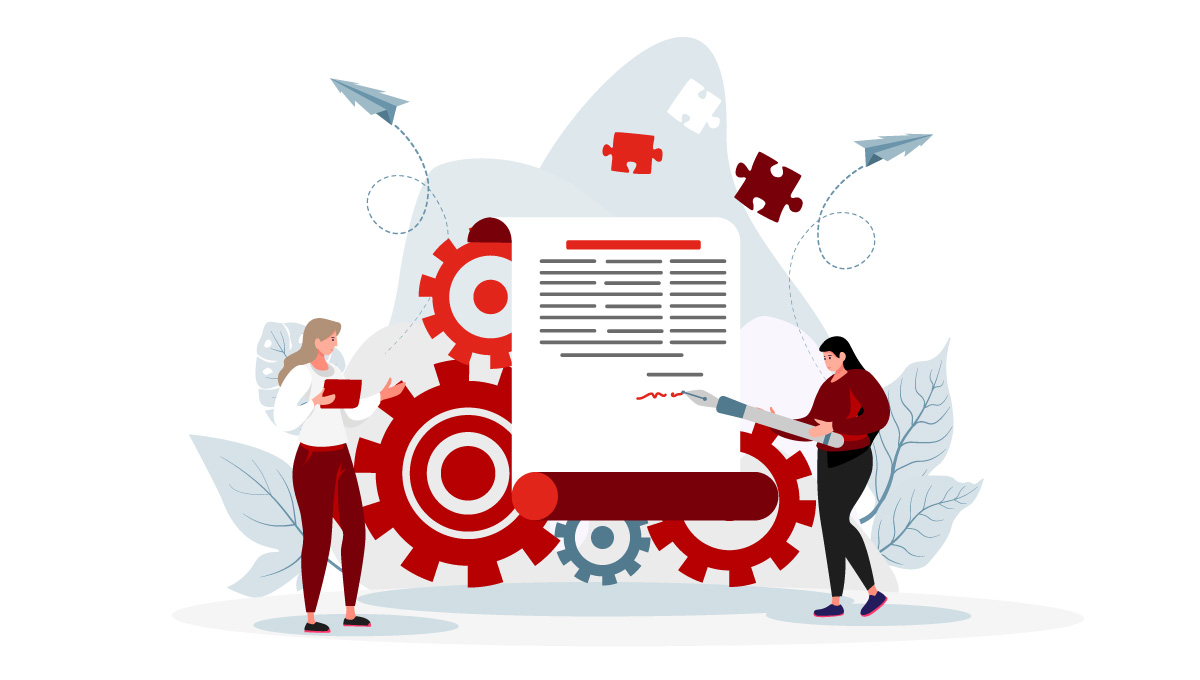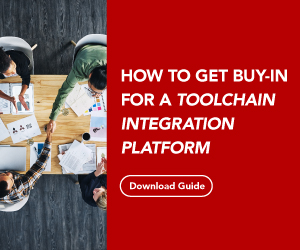
Efficiency is king in today’s fast-paced, competitive development landscape. Software development teams are constantly under pressure to deliver high-quality products quickly. With teams often juggling multiple tools for coding, testing, deployment, and collaboration, the ability to streamline processes and facilitate efficient data flow is paramount. This is where software toolchain integration comes in.
By connecting the various tools your team uses throughout the development lifecycle, you create a smooth workflow that eliminates bottlenecks and wasted time and fosters a more collaborative and agile development environment.
This cohesive ecosystem can dramatically reduce manual effort, minimize errors, and accelerate the software delivery pipeline. From version control systems to continuous integration and deployment tools, a tightly integrated toolchain ensures that every component of the development process is synchronized, enabling teams to focus on what truly matters – delivering high-quality software solutions.
But simply connecting tools isn’t enough. To truly unlock the potential of software toolchain integration, you need the right features in place. When evaluating potential integration solutions, there are five key features you should prioritize to enhance your team’s performance and streamline workflows. Here’s what to look for:
1. Business-ready integrations
Time is of the essence, and recreating integrations from scratch can be a daunting and time-consuming task. The best integration solutions come equipped with a range of pre-built, business-ready integrations that connect the most commonly used tools in software development environments. These pre-configured integrations save time and reduce the complexity involved in manually connecting each tool.
Look for a solution that supports a wide array of integrations out of the box, ensuring they cover all the tools your team uses—from source control systems and issue trackers to continuous integration/continuous deployment (CI/CD) platforms and beyond. Planview Hub supports over 60 no-code connectors to integrate every phase of the software development lifecycle and achieve end-to-end flow.
2) Scalable and secure architecture
As your development team grows and your projects become more complex, the need for a scalable integration platform becomes essential. Opt for a solution with a robust, scalable architecture that can handle increasing workloads and data volumes without compromising performance.
Equally important is security; the solution must provide robust security features to protect your data and comply with industry standards. This includes end-to-end encryption, regular security audits, and compliance with regulations such as GDPR and HIPAA if applicable.
3) Connects to your existing ecosystem
Seamless integration means more than just connecting a few tools; it’s about creating a cohesive ecosystem that encompasses your entire software development lifecycle. Every software development team has a unique set of tools tailored to their specific needs.
The ideal integration solution should seamlessly connect with your existing ecosystem, allowing you to integrate new tools without disrupting the current workflow. Look for a solution that can integrate with your current tools and platforms, whether they’re on-premises, cloud-based, or a combination of both. This ensures a truly unified experience and eliminates the need for disparate solutions.
It should also offer flexibility to connect with both modern cloud-based apps and legacy systems, ensuring that every part of your toolchain communicates effectively, regardless of the technology age or platform.
4) Automates cross-tool workflows
Manual processes are not only time-consuming but also prone to human errors. A powerful integration solution should automate cross-tool workflows, eliminating the need for tedious, repetitive tasks. By automating data flow and triggering actions across multiple tools, you can streamline processes, reduce errors, and free up your team’s time for more strategic endeavors.
Automating the flow of information between tools ensures that updates made in one tool are instantly reflected in others. This can include synchronizing tasks, issues, and projects across systems, automating code deployments when tickets are closed, or even triggering builds when code is committed. Look for a solution that allows you to customize these workflows to fit your team’s specific processes.
5) Rapidly scale integrations
Lastly, the ability to rapidly scale integrations as your team or projects grow is critical. The solution should not only be easy to set up initially but also allow you to quickly add new integrations without significant downtime or learning curves. This flexibility keeps the development process truly agile, enabling adaptation to changing project requirements, new tools and technologies, and evolving team dynamics.
A rapidly scalable integration solution future-proofs your toolchain, empowering your team to maintain a streamlined workflow as they expand, take on new initiatives, or adopt different processes. With intuitive configuration options, integrating additional tools becomes a seamless process, minimizing productivity disruptions and allowing your team to innovate without technological limitations holding them back.
Slutsats
Choosing the right software toolchain integration solution is critical for maximizing productivity and efficiency in software development. Prioritizing these five must-have features allows you to build a toolchain that is robust, secure, and can adapt as your organization’s needs evolve. With an optimized toolchain, you gain the power to accelerate software delivery through streamlined processes. Your development team’s productivity will increase significantly, ultimately driving faster time-to-market for your products.
Are you ready to streamline your development process and boost your team’s productivity? The Buyer’s Guide for Software Toolchain Integration Solutions provides more insights and practical tips on making an informed decision that meets your business and technical needs.




